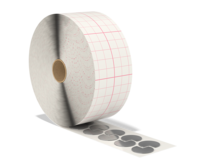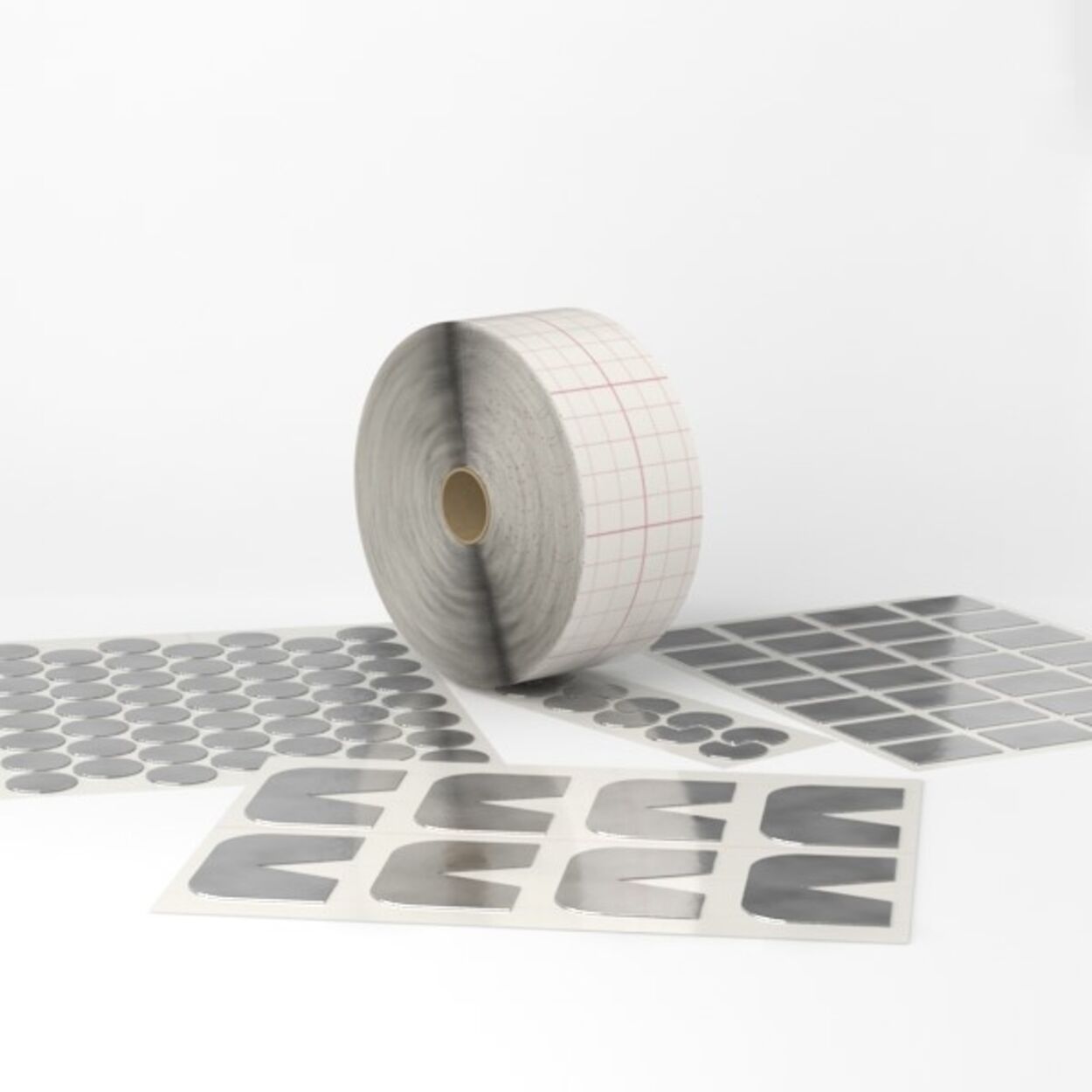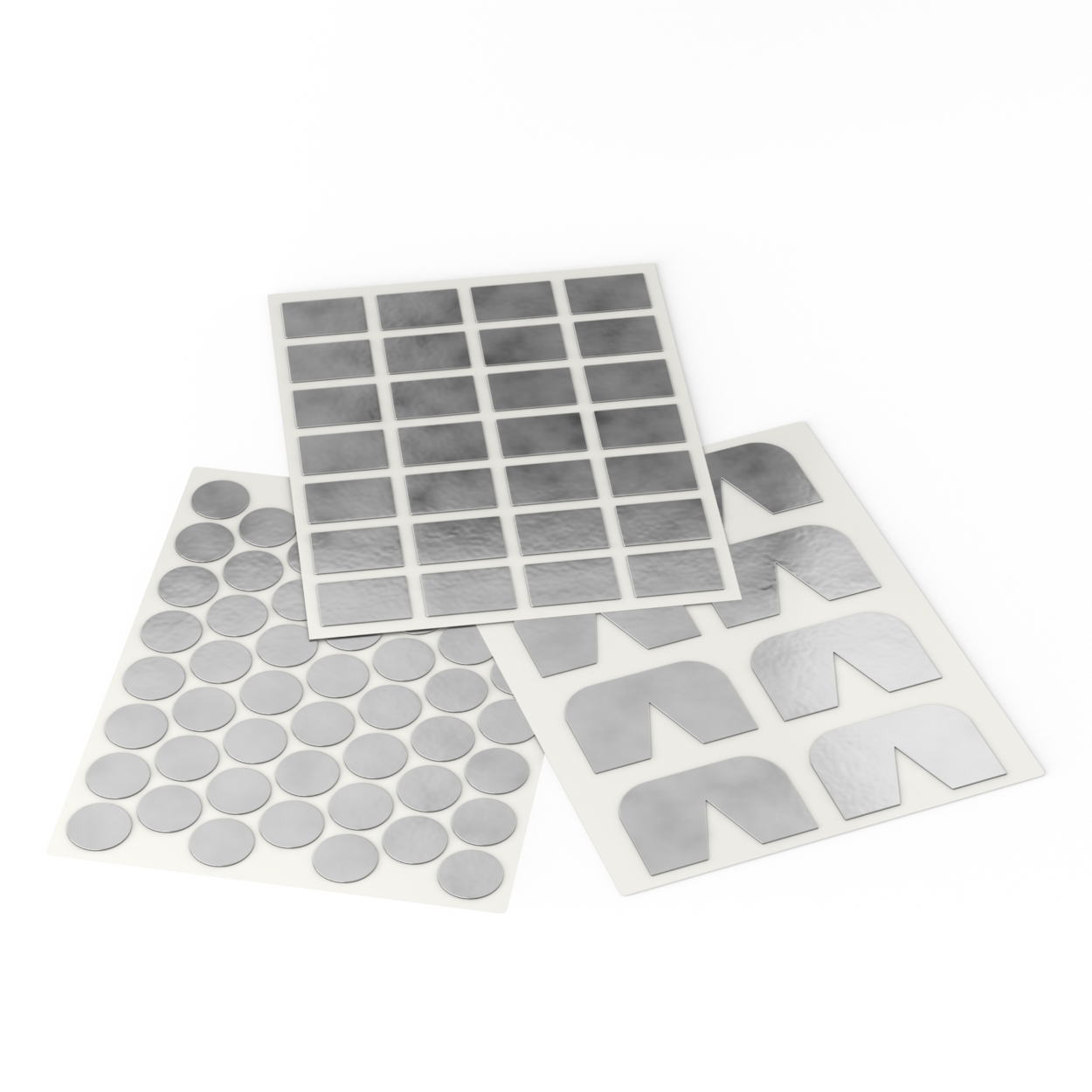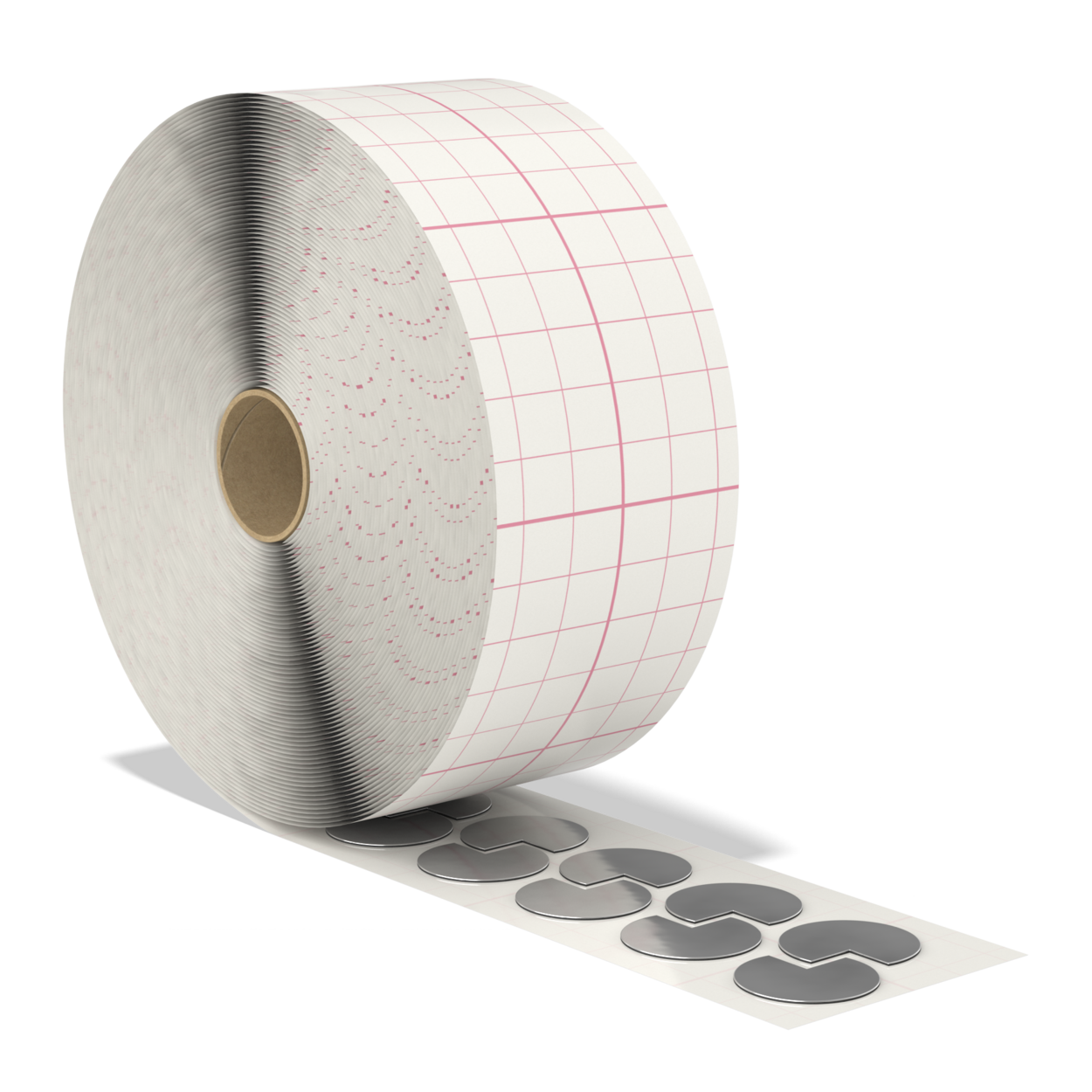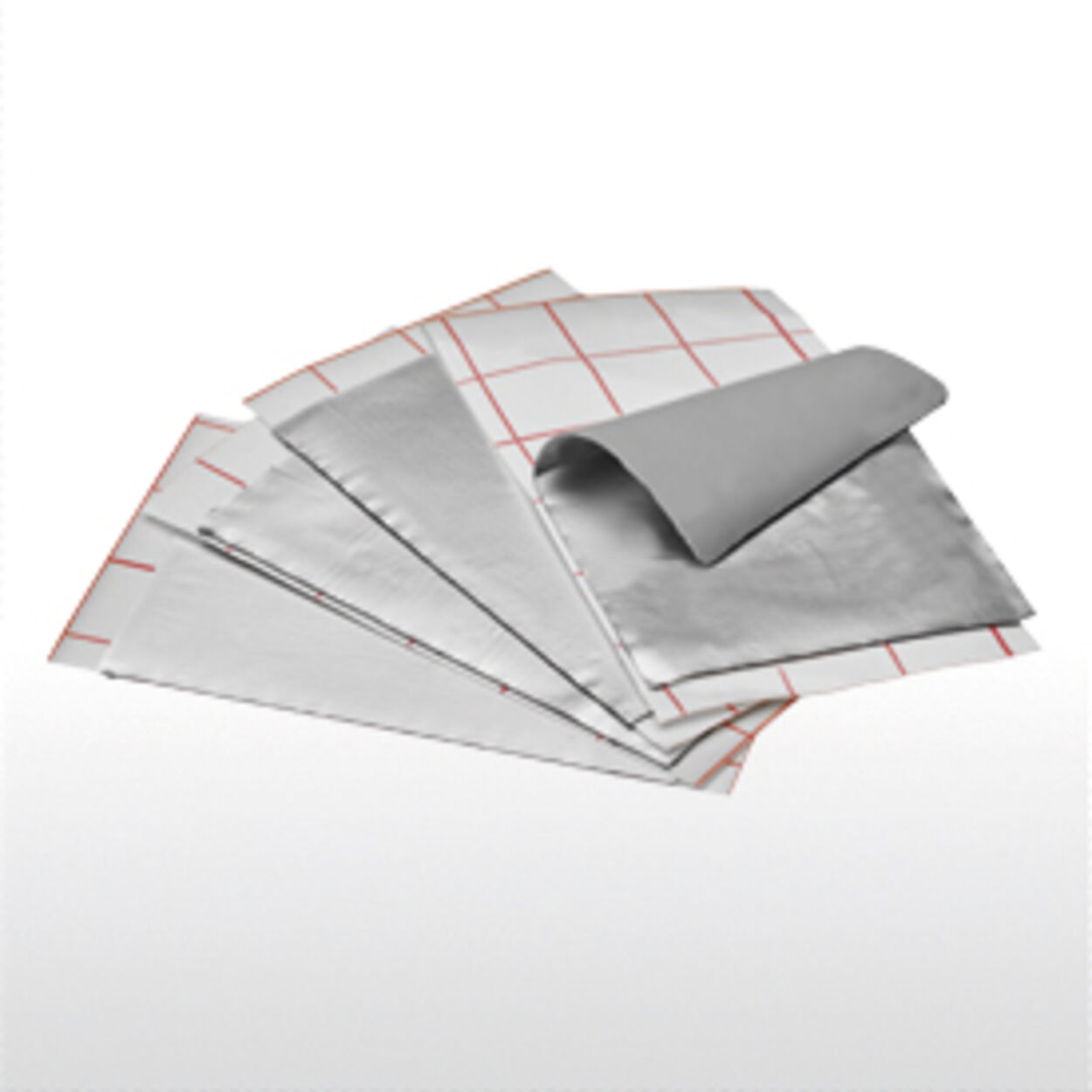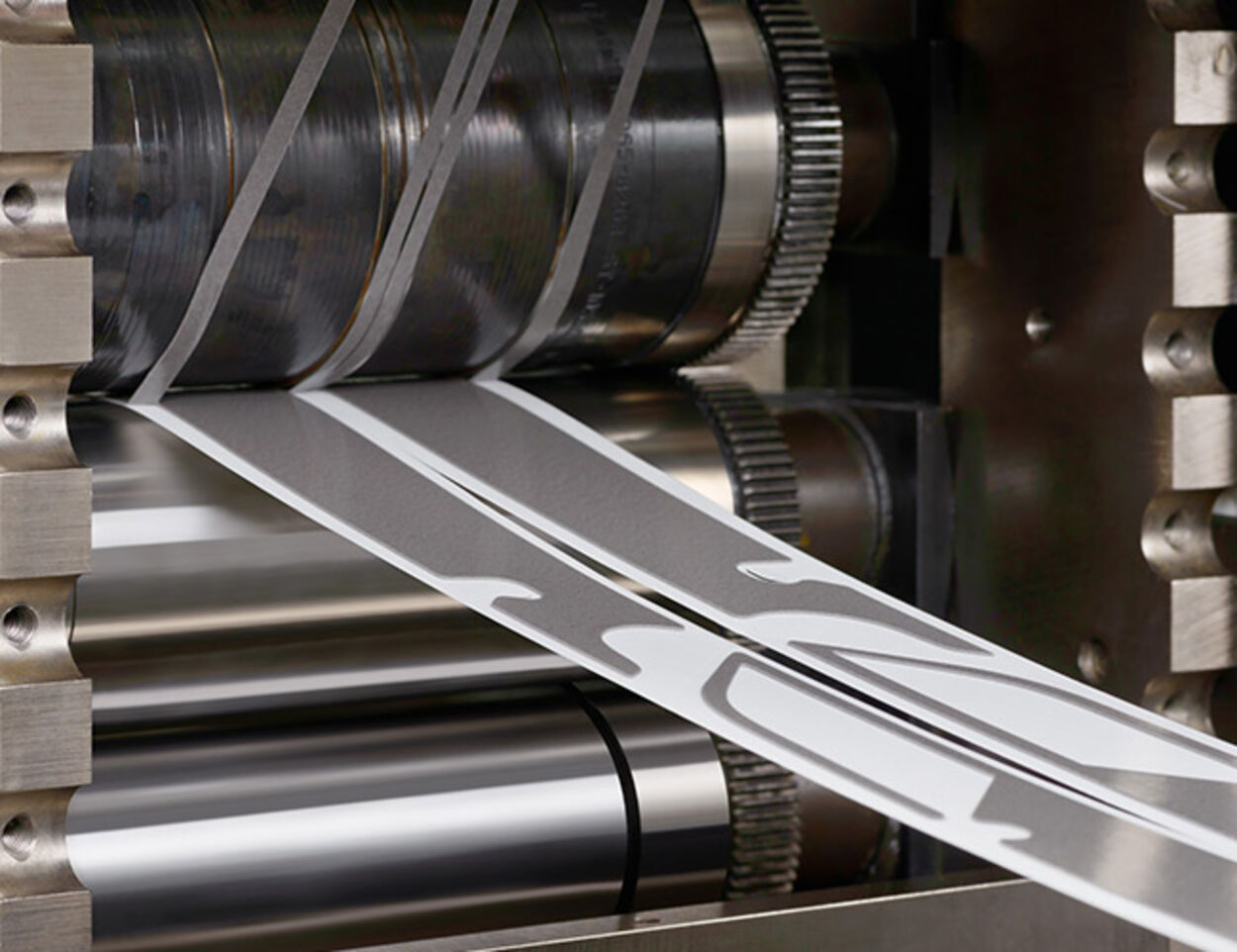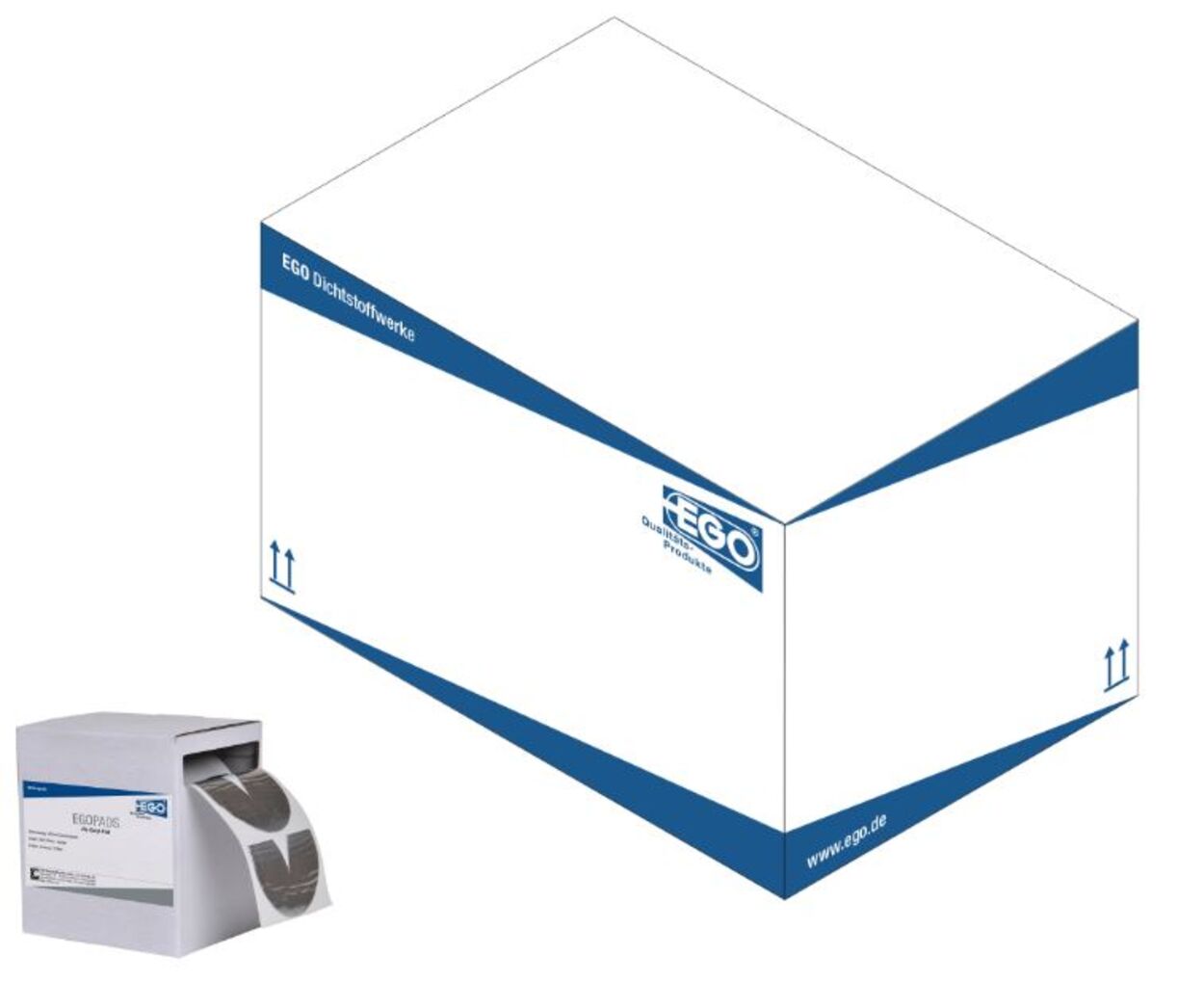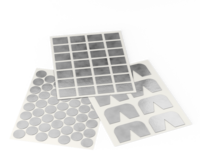
EGO BUTYL
Whether its Butyl tape, Butyl round cord with or without a core, Butyl tape with various laminations or simply barrel melting butyls, the versatile material properties of the EGO Butyl products and the individual profiling offer an extraordinary range of possible applications.
The properties of Butyl are already established in the tape & barrel sector. Now, our BUTYLPAD range rounds out the outstanding properties of the tapes and barrels in an individual special form. BUTYLPADS are ideally suited for sealing small imperfections or cracks. At the same time, they provide guaranteed sealing for challenging applications, as they enable a pre-defined shape to be used.
EGOPAD vs. EGOTAPE PAD –
PADS with or without lamination
At first glance, the EGOPAD variants differ in whether they feature lamination (EGOTAPE PAD) or a double-sided adhesive PAD (EGOPAD).
If you take a closer look, however, there are no other differences in quality, demonstrating the similarity of the EGOPAD variants:
-
100% identical materials!
-
100% Butyl on a PIB basis (polyisobutylene)!
-
100% dimensional accuracy in accordance with our strict tolerances!
-
100% produced in accordance with your wishes and specifications!
We use the tried and tested quality of pure Butyl rubber as the base batch for the production of our Butyl products. Our EGOPADS also meet the high requirements in the construction sector. Durability, UV resistance & weather resistance are also an important criterion on which we make no compromises. That’s why you can rely on our EGOPADS to meet all of the requirements you have previously been able to expect from our Butyl TAPES and which you have previously demanded from them. Whether as the double-sided adhesive EGOPAD or as the laminated EGOTAPE PAD.
Form of packaging –
Individual or classic
In principle, all forms and variants of PADS (EGOPADS and EGOTAPE PADS) are possible. However, the form largely determines whether the stamping process is necessary or whether the conventional extrusion process can be used.
Stamped parts:
-
Possible forms: round, rectangular, recessed, dropped, cut-out, etc
-
All two-dimensional special forms possible in accordance with specification drawings
-
Different forms can be reproduced on one stamping tool
Sections:
-
Rectangular forms possible
-
Round cords possible
-
Individual backing material pattern possible (sheets, strips, individual design)
The decision on whether EGOPADS or EGOTAPE PADS are selected as a section or stamped part depends on the shape and the intended use. We can help you make the right choice here
Stamped parts – roll or sheet
Stamped parts are produced from a raw material using a stamping tool. The stamping tool is based on a technical drawing and is produced precisely to the dimensions. Stamped parts can be produced either on a roll or on a sheet.
Benefits of a sheet::
-
Sheets allow for a defined number of PADS (process reliability)
-
Processing multiple different stamped parts can be pre-defined on a single sheet
-
Sheets don’t have any fold marks or roller folding
Benefits of a roll:
-
Can be produced in any desired volume on a roll
-
Easy removal from the roll
-
PADS are better protected by the roll shape
We make the decision on whether PADS are better suited to a roll or a sheet together in a consultation.
Sections –
individual or strips
PADS which are produced using the section method are produced directly on an extruder. The dimensions are in this case defined by the nozzles used. Sections are generally produced individually or with multiple strips one after another or next to one another.
Benefits of individual sections:
-
Individual sections can be individually fabricated as EGOPADS (System components)
-
Individual retail sales are possible in trade
-
Individual packs also possible as a finished product in a plastic bag
Benefits of strips with multiple sections:
-
Can be produced in a defined volume on a sheet
-
Easy removal from the roll
-
PADS can be offered in a set size per sheet
The decision on whether PADS are to be produced and selected as a section primarily depends on the shape and the economic benefits. We help with the choice.
Production –
from butyl tape to butyl pad
We will gladly explain the differences in the production of a stamped part:
Requirements:
- Roll core: 76MM
- corners are provided with min. 0,5mm radius
- Dimensioned part designation required by customer
Stamping tool:
- Tool production: approx. 4-6 weeks
- Tool costs are charged proportionally
- Samples are possible free of charge with release of the tool
Special shapes during stamping
- Punching
- Punch through
Important features
- Batch quality (we are happy to advise here)
- Butyl thicknesses (preferably from 0.8MM Butyl thickness)
- Liner quality (we are happy to advise on the advantages)
Packaging – different shapes
require different packaging
We will be happy to explain the differences in packaging:
PADS on a roll (e.g. 200 PADS on a roll in a dispenser box)
Rolls are good to sell as a packaging unit and create a great protection against damage from shocks or deformation. Thanks to a dispenser box, the roll is a popular form of packaging among traders and craftsmen.
PADS on sheets (e.g. DIN A3 sheet with 12 variants)
Sheets can generally be stacked well on top of each other in cartons. The edges of the sheets must be optimally aligned with the carton to prevent slipping. The layers of the sheets should also be selected so that the lowest layers can bear the weight and do not crumple.
PADS as single pads (e.g. one section on one sheet)
If PADS are manufactured and packaged as individual pads, particular care must be taken to ensure that the individual pads do not stick together. To this end, packaging costs are a considerable disadvantage. Preferably, the Liner (individual sheet) should also be aligned with the carton size in this case.
PADS as strips (e.g. four sections on one sheet in a row)
Single pads can be placed very well one behind the other as strips. The carton length allows the number of PADS to be defined one behind the other, just as the carton width defines the number of strips next to each other. In this way, good packaging stability is generally achieved and sticking is avoided.
